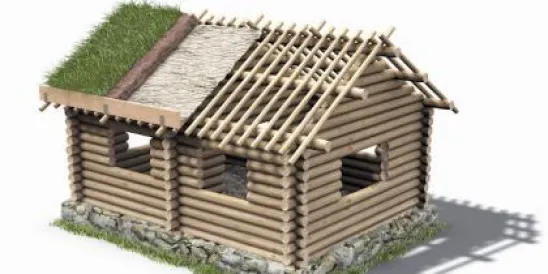A deep recession and lethargic recovery have taken their toll on the U.S. construction industry. But despite the overall sluggishness in the construction sector, the U.S. green building sector has flourished. Due in large part to federal government funding, green building elements advanced into the building industry mainstream. According to a new study by McGraw-Hill Construction, 35% of architects, engineers, and contractors report having green jobs, which represents one-third of the industry. That share is expected to increase over the next three years, with 45% of all design and construction jobs being green by 2014.
With the construction industry becoming more green, the concern about risks of securing green building certifications or implementing green building materials and processes have also increased. Beginning in 2007, green building lawsuits emerged in various jurisdictions across the country. The cases have primarily involved three liability scenarios: (1) identifying the responsible party when a building fails to obtain a LEED rating or other green credential; (2) issues related to defective green building products; and, (3) allegations of fraud and misrepresentation involving buildings designated as LEED-certified that fail to deliver energy-efficiency or reduce costs. More cases may emerge in the future.
Additionally, minimum green building codes have also emerged across the United States, which provide additional requirements for certain construction projects. The proliferation of these codes will only continue. Indeed, the International Code Council, in collaboration with ASTM International and the American Institute of Architects (AIA), is scheduled to release the International Green Construction Code (IgCC) in March 2012. It applies to all new and renovated commercial buildings and residential buildings over three stories high. The IgCC will provide state and local governments with a first-ever “model code” to require new and existing buildings to reduce their energy usage. It creates a mandatory “floor” – enforceable minimum standards on every aspect of building design and construction that will have to be reached, including things like on-site renewable energy production and energy-use tracking.
Lawyers representing construction clients involved in green building projects can mitigate the risk of liability by clearly setting forth the rights, remedies, and responsibilities of the parties in the construction contract documents. Traditional standard form building contracts may not address issues that could arise from green building projects, such as disputes regarding LEED® certification or claims that the performance of a green building fails to meet expectations of a building stakeholder. Over the last two years, form green building contracts or addenda, such as the ConsensusDOCS® 310 Green Building Addendum issued by the Associated General Contractors of America, have emerged to clarify the rights and responsibilities of the parties in the unique scenarios that can arise in green building.
Perhaps the most popular publication to address the unique issues raised in green building projects is the American Institute of Architects’ (AIA) Guide for Sustainable Projects, D503™-2011 (“Guide”). The Guide, issued in May 2011, recognizes the additional requirements borne from the proliferation of green building codes and third-party certifications. It also acknowledges that green building presents new roles, responsibilities, and risks in the design and construction industry. As a result, the Guidesets forth specific contracts and contract provisions, which can be utilized to clearly identify what roles and responsibilities the owner, architect, and contractor have in a green building project.
The Guide revises the model language to contracts between the owner and architect (i.e.,B101™-2007), as well as the owner and contractor (i.e., A201™-2007), to reflect that neither the architect nor contractor warrant or guarantee that the project will achieve a “Sustainable Objective” – defined in A201™-2007 to be “the Owner’s goal of incorporating Sustainable Measures into the design or construction of the Project to achieve a Sustainability Certification or other benefit to the environment, enhance the health and well being of the building occupants or improve energy efficiency.” A “Sustainable Objective,” such as LEED® certification, can rely upon third-party approval and there are many different components of the building process, such as the design and as-built performance of the project, which play a part in whether certification will be met. Thus, the disclaimer of warranties and guarantees is based on the recognition by the AIA that achieving a “Sustainable Objective” is dependent upon many factors beyond the control of the architect or contractor.
The model language additions to Section 9.8.1 of A201™-2007 set forth in the Guide also clarify that verification or achievement of a Sustainable Objective, such as LEED® Certification, is not a condition precedent to the issuance of a Certificate of Substantial Completion. The implementation of these additions to the model language can significantly impact whether a party can assert a delay claim or liquidated damages. Lastly, the Guideaddresses issues raised by the implementation of minimum green building codes. For example, in recognizing that many state and local jurisdiction have or will soon adopt green building codes, the Guide clarifies that under A201™-2007, Section 3.7 it is the responsibility of the contractor to comply with and give notices pursuant to these green building codes applicable to its performance of the work on the project.
Overall, the standard form green building contracts suggested in the Guide and elsewhere provide deliberate and planned mechanisms to address, define, and allocate legal risks in green building. Lawyers can utilize these contracts not only to mitigate risk, but also to predict what liability their clients may be exposed to. It is critical to stay up-to-date on the latest developments of green building law to ensure that all legal risks and responsibilities are properly understood, evaluated, and considered when drafting a contract for a green building project.




 />i
/>i
